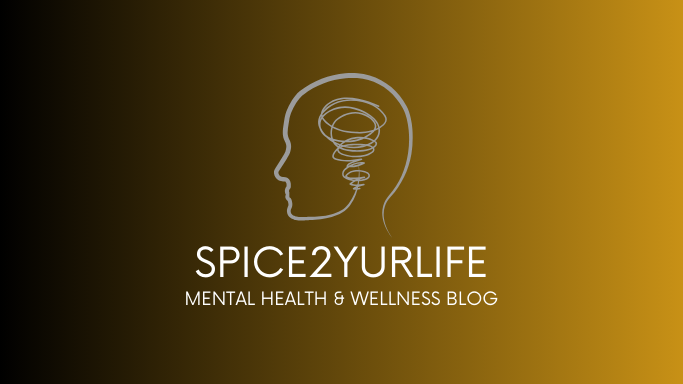National Suicide Prevention Lifeline 1-800-273-TALK(8255)
Suicide is a deeply concerning issue that affects individuals, families, and communities worldwide. According to the World Health Organization (WHO), close to 800,000 people die due to suicide every year, and for each suicide, there are many more attempts. It's a complex phenomenon influenced by various factors such as mental health disorders, social isolation, economic difficulties, and personal crises. However, it's important to recognize that suicide is preventable, and by employing effective strategies and utilizing available resources, we can save lives and support those in need.
Understanding the Signs:
One of the crucial aspects of suicide prevention is being able to recognize the warning signs and risk factors. These can include but are not limited to:
1. Expressions of hopelessness or worthlessness
2. Withdrawal from social activities and relationships
3. Increased use of alcohol or drugs
4. Sudden mood changes, particularly from despair to calmness
5. Talking about feeling trapped or being a burden to others
Recognizing these signs in oneself or others is the first step towards intervention and support.
Building Support Networks:
Social support plays a significant role in suicide prevention. Building strong support networks within communities, schools, workplaces, and families can provide individuals with the necessary resources and connections to seek help when needed. Encouraging open conversations about mental health and destigmatizing seeking professional help are essential components of these networks.
Promoting Mental Health Education:
Education about mental health and suicide awareness should be integrated into school curriculums, workplace training programs, and community initiatives. By increasing knowledge and understanding about mental health disorders, coping mechanisms, and available resources, individuals can better recognize when they or someone they know may be struggling and how to provide appropriate support.
Access to Mental Health Services:
Access to mental health services is critical for individuals in crisis. Unfortunately, many people face barriers such as financial constraints, lack of insurance, or limited availability of mental health professionals. Governments, healthcare providers, and non-profit organizations must work together to improve access to affordable and quality mental health services for all individuals, regardless of their background or financial situation.
Hotlines and Crisis Intervention:
Hotlines and crisis intervention services provide immediate support to individuals in distress. These services are staffed by trained professionals who can offer guidance, counseling, and referrals to appropriate resources. Promoting awareness of these hotlines and ensuring their accessibility through various channels such as phone, text, and online chat can be lifesaving for those experiencing a crisis.
Encouraging Help-Seeking Behavior:
Many individuals hesitate to seek help due to feelings of shame, fear of judgment, or cultural stigma surrounding mental illness. It's crucial to normalize help-seeking behavior and emphasize that seeking support is a sign of strength, not weakness. Campaigns that promote mental health awareness, destigmatization, and stories of hope and recovery can encourage more people to reach out for help when they need it most.
Suicide prevention requires a multifaceted approach that addresses both individual and systemic factors. By raising awareness, building support networks, improving access to mental health services, and promoting help-seeking behavior, we can make significant strides in preventing suicide and supporting those struggling with mental health challenges. Every life is valuable, and by working together, we can save lives and create a world where everyone has the opportunity to thrive.







No comments:
Post a Comment